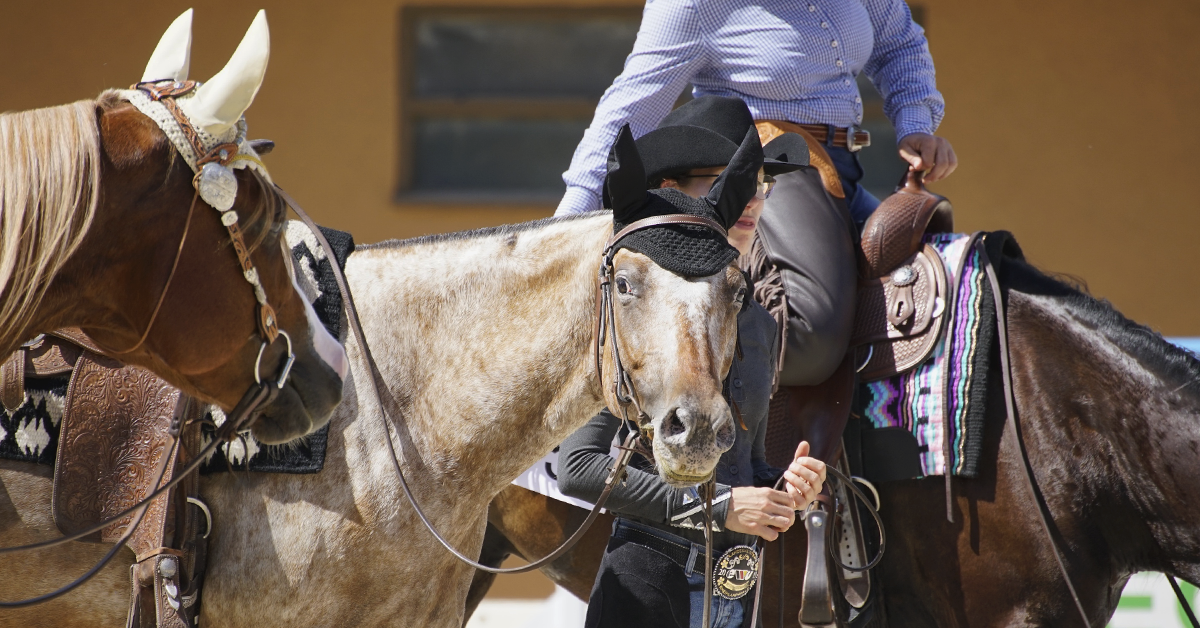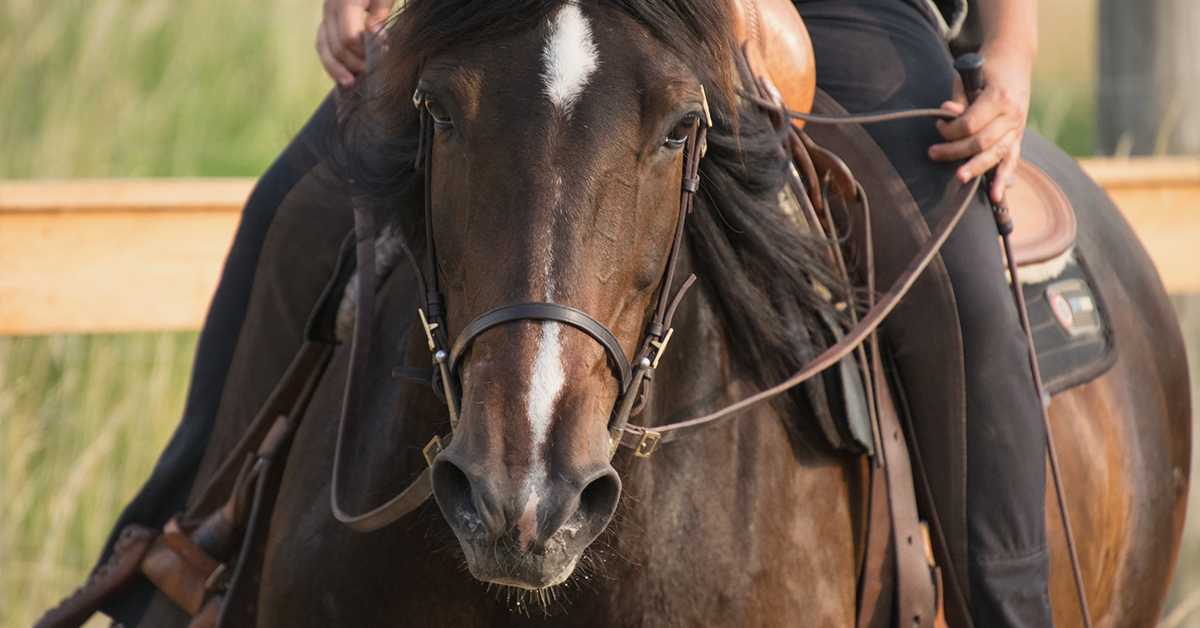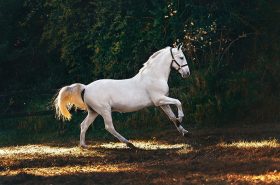This sport combines the principles of dressage with western stock horses.
Western dressage has gained a lot of attention in the last few years. This up-and-coming discipline is perfect for those that ride stock horses, yet enjoy the traditional principles of dressage. It’s a sport for everyday horses and riders. The goal is to have a willing, safe, light, and useful horse, which is accomplished through the rider’s seat and hand aids.

Defining Western Dressage
US Equestrian offers this definition of the discipline, “Western dressage integrates the historically validated principles of dressage with the best of Western stock horse tradition. It is a systematic and progressive system of training for the Western horse and rider in traditional stock tack with the purpose of enjoying a safe, pleasurable, versatile, and useful working horse. The hallmarks of the Western dressage horse are usefulness, rideability, willingness, safety, pure gaits, lightness, calmness, and steadiness. A Western dressage rider should be attentive and tactful. They should use clear, effective, subtle aids coupled with a confident seat and light, responsive hands in communication with their horse.”
Those competing in the sport will perform a basic test. In lower levels, a few of the maneuvers include a working jog, 20-meter circle, loping, and halting at ‘X’. Upper levels require flying lead changes, pirouettes, and collected gaits to name a few. A judge will score the movement on a scale of 0 to 10.
Any breed of horse or pony is eligible to compete, as well as gaited horses and mules. The horse’s tack should consist of a western saddle, saddle blanket, and headstall. Similarly, the rider should wear western attire. This usually includes a shirt, jeans or show pants, chaps, and cowboy boots. Many choose to ride with helmets, though a cowboy hat is also acceptable.
Benefits of this Discipline
Many riders enjoy the sport of western dressage because of the countless benefits it offers. Both the horse and rider can notice improvements in their physical and mental health.
- Encourages a soft and light horse.
- Teaches body awareness with the various maneuvers.
- Improves flexibility and soundness.
- Develops muscle tone and memory.
- Offers mental stimulation.
- Teaches obedience.
- Riders enjoy better coordination, balance, and flexibility.
- Requires that riders (and horses) use their core muscles.
- Gives riders a boost of confidence and self-esteem.
Horse and rider teams can experience these benefits no matter if they ride professionally or recreationally.

How to Get Involved
Riders with all sorts of backgrounds can give western dressage a try. You and your horse don’t have to have any sort of dressage training! It can be helpful to attend a local western dressage show as a spectator. This will allow you to see the sport in action and connect with those already involved. You may be able to locate an instructor by asking around. Lessons can be a great way to get your feet wet and ride an experienced horse.
You can also view and print out current tests on the Western Dressage Association of American website (https://www.westerndressageassociation.org). This club offers a lot of great resources for those interested in the sport. They have a list of online and in-person events all across the United States.
Don’t be afraid to try something new! From beginner riders and Quarter Horses to experienced horsemen and Haflingers, all are welcome in this fun discipline.

Love this blog post? We think you will like English vs. Western Riding by Emily Fought.



